This versatile seed is packed with protein and fiber to ward off hunger

Quinoa (pronounced ”KEEN-wah”) is a small, round seed that people in South America have eaten for thousands of years. Today, this food has become a staple grain in the U.S. and other Western countries.
Advertisement
Cleveland Clinic is a non-profit academic medical center. Advertising on our site helps support our mission. We do not endorse non-Cleveland Clinic products or services. Policy
And there’s a reason why quinoa has caught on: It’s loaded with health benefits. Registered dietitian Beth Czerwony, RD, LD, shares why quinoa deserves a place on your plate.
Quinoa is a nutrient-dense food, meaning ounce for ounce, you get high amounts of vitamins and minerals. By contrast, foods that are considered nutrient-poor, like fried foods or processed snacks, tend to be high in calories without a lot of nutritional value.
One cup of cooked quinoa contains:
Quinoa is also a good source of:
The many nutrients in quinoa can boost your health. Including it as part of an overall healthy diet can:
Most Americans don’t get the recommended amount of dietary fiber, which keeps your digestion running smoothly. Fortunately, quinoa is a tasty way to boost your fiber intake. More fiber in your diet can help reduce constipation and bloating.
“On average, adults should be getting 25 to 35 grams of fiber each day,” says Czerwony. “Using quinoa in place of lower fiber choices like white rice or processed grains could help you have a healthier gut.”
Advertisement
The benefits of fiber go beyond better bathroom habits. A high-fiber diet also reduces your risk of colorectal cancer, the second-leading cause of cancer-related deaths in U.S. adults.
“Research shows that people who eat the highest amounts of fiber have a lower risk of colon cancer,” notes Czerwony. “Fiber moves food waste through your colon more quickly. Then, harmful substances that could lead to cell damage don’t have a chance to take hold.”
It’s hard to lose weight when you feel hungry all the time. But foods with plenty of protein and fiber take longer to digest so you feel fuller, longer. And quinoa isn’t only loaded with fiber, but it’s a complete protein, too.
A complete protein is a food that contains all nine essential amino acids. Amino acids are the building blocks of protein, and you need them for everything from building muscle to keeping your immune system healthy. Your body makes some amino acids, but you must get the “essential” nine from your diet.
“Quinoa is one of the few plant foods that contain all nine essential amino acids,” shares Czerwony. “Most complete proteins are meat, so eating quinoa helps you get your protein without the possible health risks of meat. It’s a great protein option for vegans and vegetarians — and omnivores, too.”
Quinoa is a good source of magnesium — an important mineral that many people don’t get enough of. And people with higher amounts of magnesium in their diets may have a lower risk of developing Type 2 diabetes.
But quinoa could have even more diabetes-fighting power. One study found that eating more quinoa helped lower the risk of diabetes in older people who had prediabetes. “Eating quinoa in combination with fruits, vegetables and other whole grains may help prevent diabetes and other metabolic conditions,” says Czerwony.
Quinoa is gluten-free, making it a safe choice if you have celiac disease or gluten intolerance. It comes in several colors, including white, red and black, which all have a slightly different flavor profile. White quinoa is milder in taste than red or black, so start with white if you’re not used to its nutty flavor.
Like other grains, you cook quinoa before eating it. Boil one part quinoa to two parts water, uncovered, for 15 to 20 minutes until the quinoa has absorbed all the water. This method will create fluffy, soft quinoa. “The versatile, nutty flavor pairs well with sweet or savory dishes,” says Czerwony. “Most people eat quinoa like it’s a grain. You can use quinoa in place of oats, pasta or rice.”
Advertisement
Ready to try quinoa in your kitchen? Get some inspiration with these tasty recipes:
Quinoa is packed with nutrients, but that doesn’t mean it’s safe for everyone. In rare cases, people can be allergic to saponin, a natural chemical found on the outer shell of quinoa. Seek immediate medical care if you experience symptoms of quinoa allergy, which may include:
Some people aren’t allergic to saponin, but have trouble digesting it. If you notice mild digestive upset like bloating after eating quinoa, next time, soak it for 30 minutes and rinse it thoroughly before cooking it. This removes most of the saponin, which could make it easier on your belly.
“Most people can safely eat quinoa as part of a balanced diet,” reassures Czerwony. “But listen to your body. Healthy foods should make you feel better, not worse. If you think you could have a food allergy or intolerance, let your healthcare provider know.”
Quinoa is loaded with good-for-you nutrients, and is a great alternative to white rice and white pasta. “Add some quinoa into your diet in place of low-fiber, processed carbs to get more nutritional bang for your buck,” suggests Czerwony.
Advertisement
Don’t love the flavor of plain quinoa? Try it in a favorite recipe or salad. “Quinoa is versatile enough to work in place of most recipes that call for a grain,” she adds. “And it works well in salads because you can sprinkle it in with foods you already know and love, and you won’t taste a big difference.”
And don’t write off quinoa if it’s not love at first bite. “Our palates get used to the taste of processed white grains, so it can take some adjusting,” says Czerwony. “But stick with it, and you may find you eventually start to enjoy — or even crave — its hearty texture.”
Advertisement
Learn more about our editorial process.
Advertisement
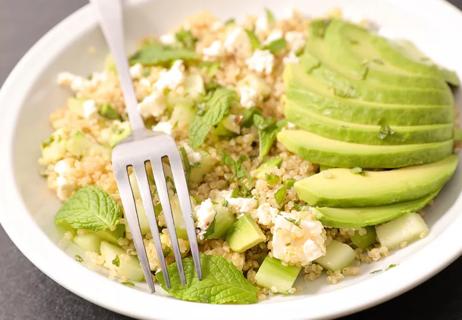
Toasting adds amazing texture to this nutritious dish

Carbs don't have to be your enemy with these recipes
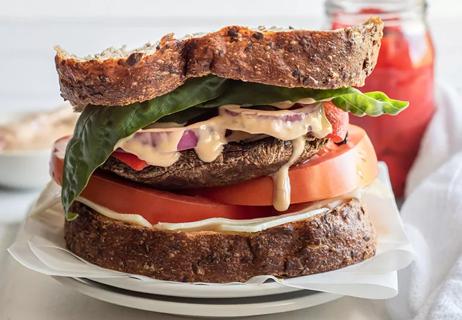
A satisfying veggie option with a kick
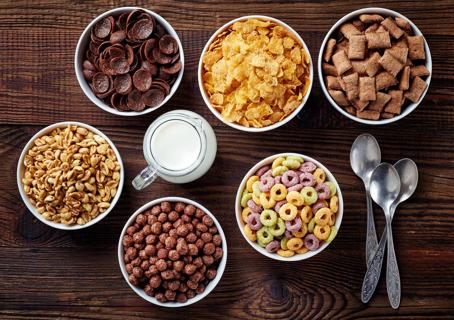
There are better breakfast options, but if it’s got to be cereal, look for whole grains, high fiber and no added sugar
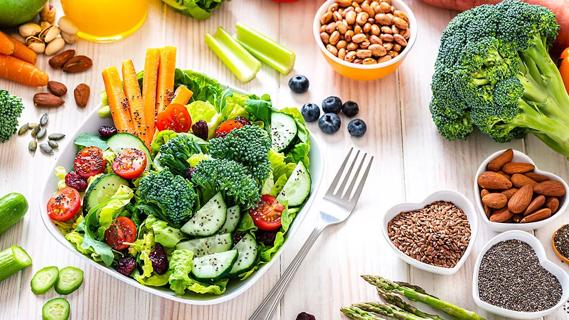
These typically colorful plant-based substances provide various health benefits that help protect you from disease

If the flakes are undisturbed, pristine white and come from the top layer, it’s typically safe to indulge in a scoop
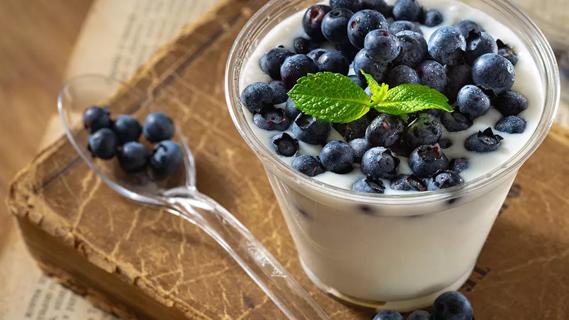
Snacking can bring benefits with healthy food choices and planning

This unique-looking veggie is fiber-dense and antioxidant-rich, and can improve the health of your gut, liver and heart

Type 2 diabetes isn’t inevitable with these dietary changes

Applying a hot or cold compress can help with pain